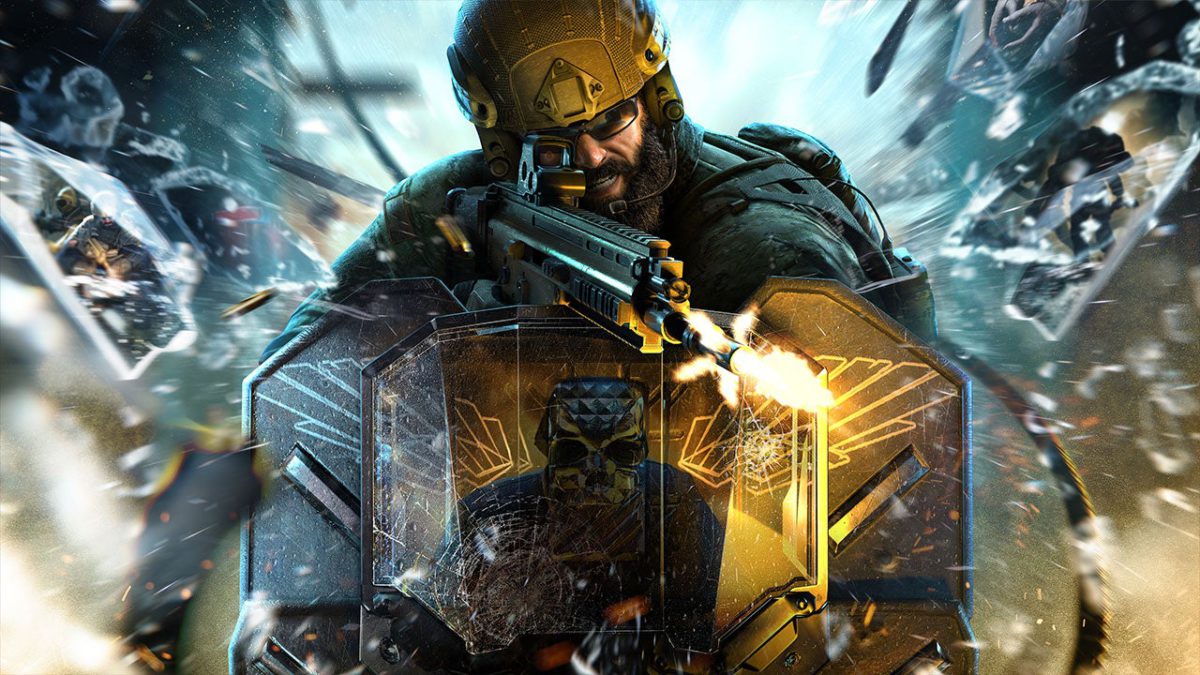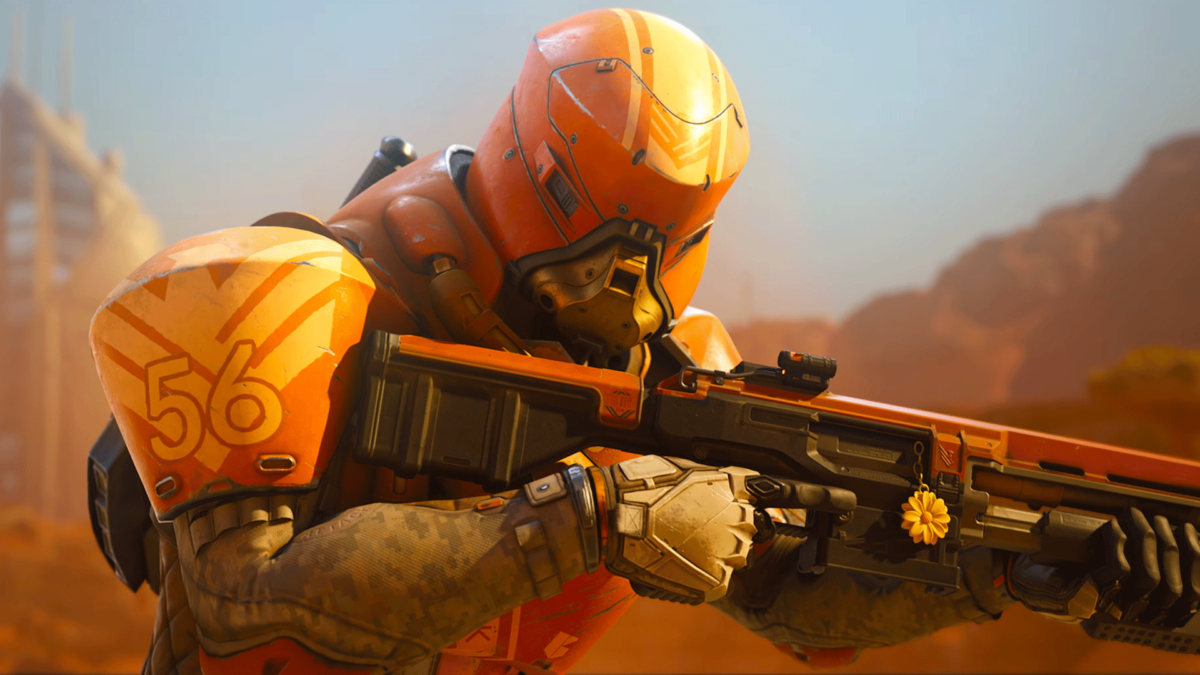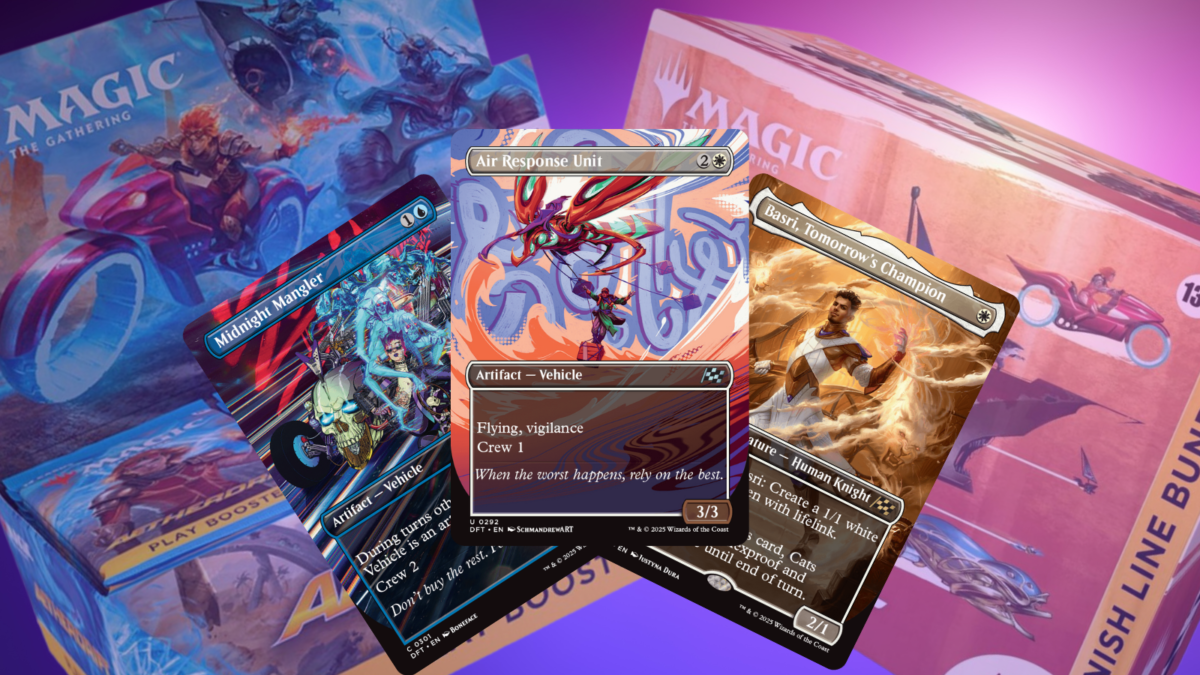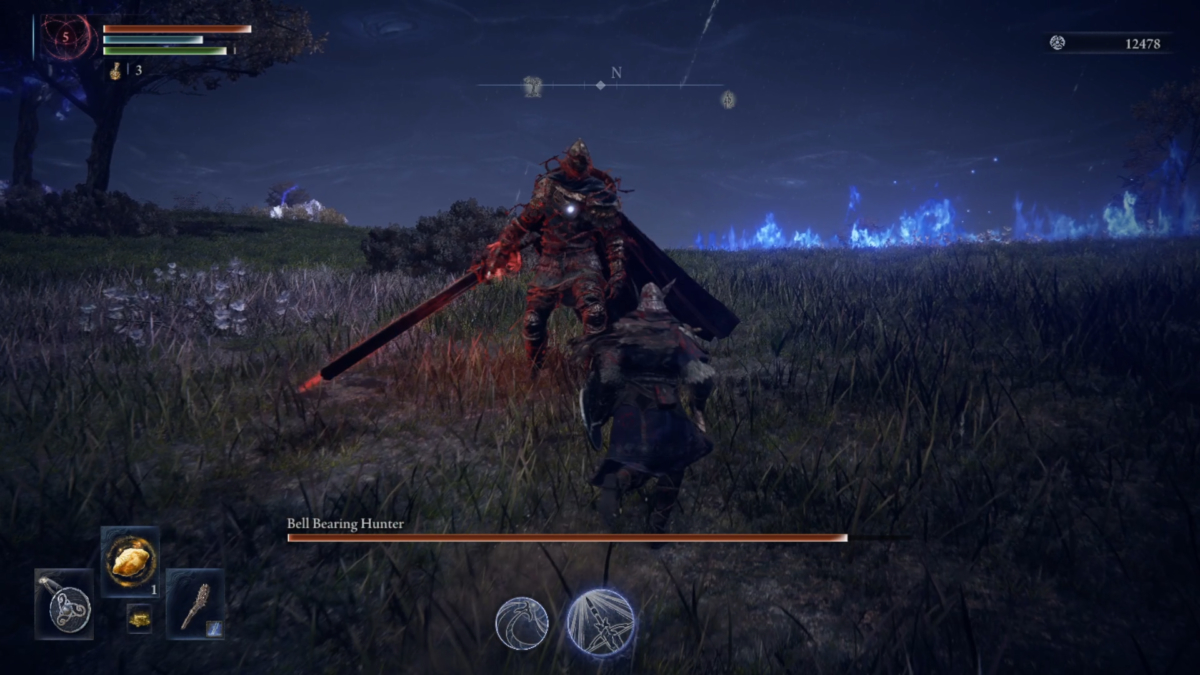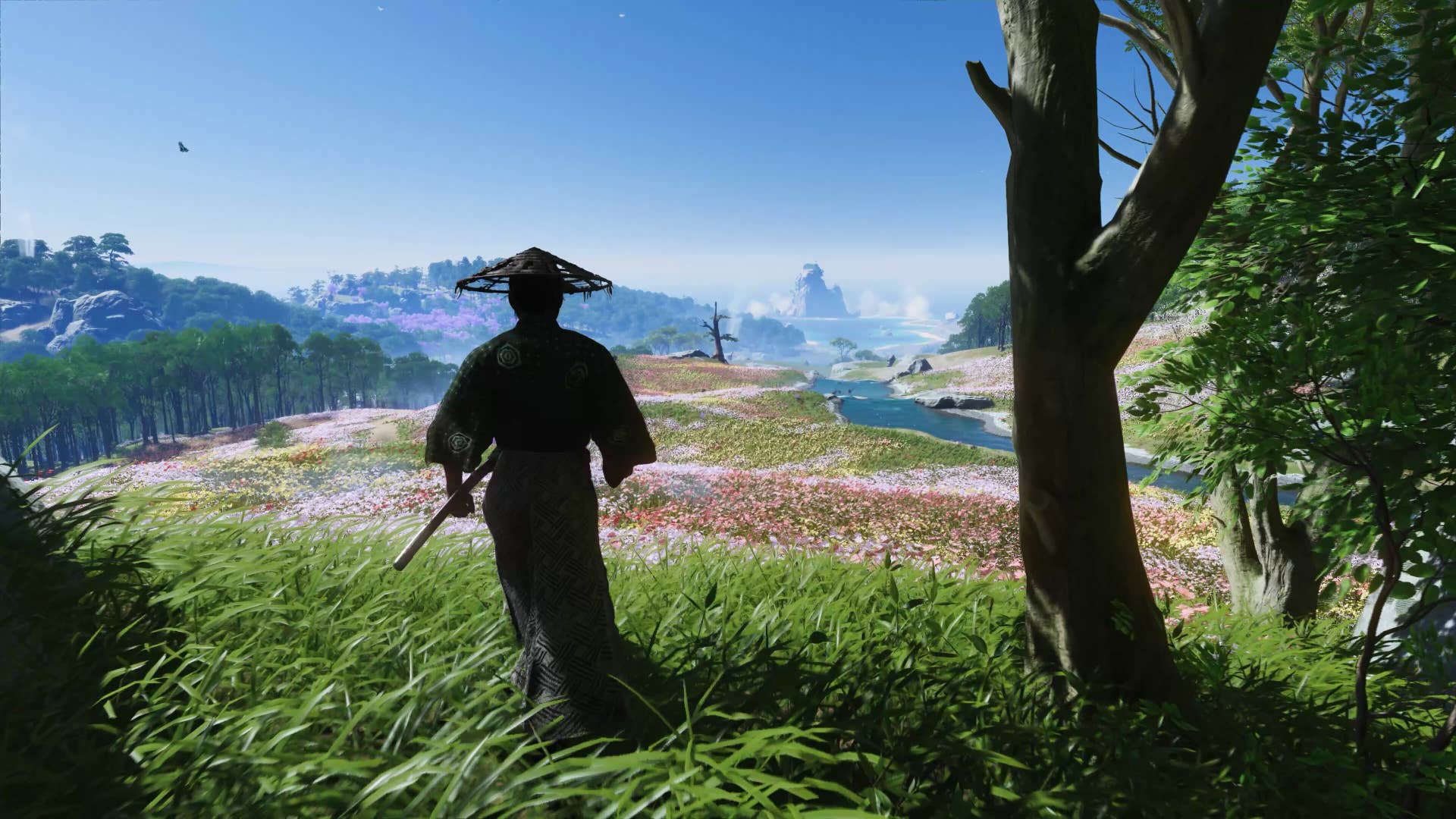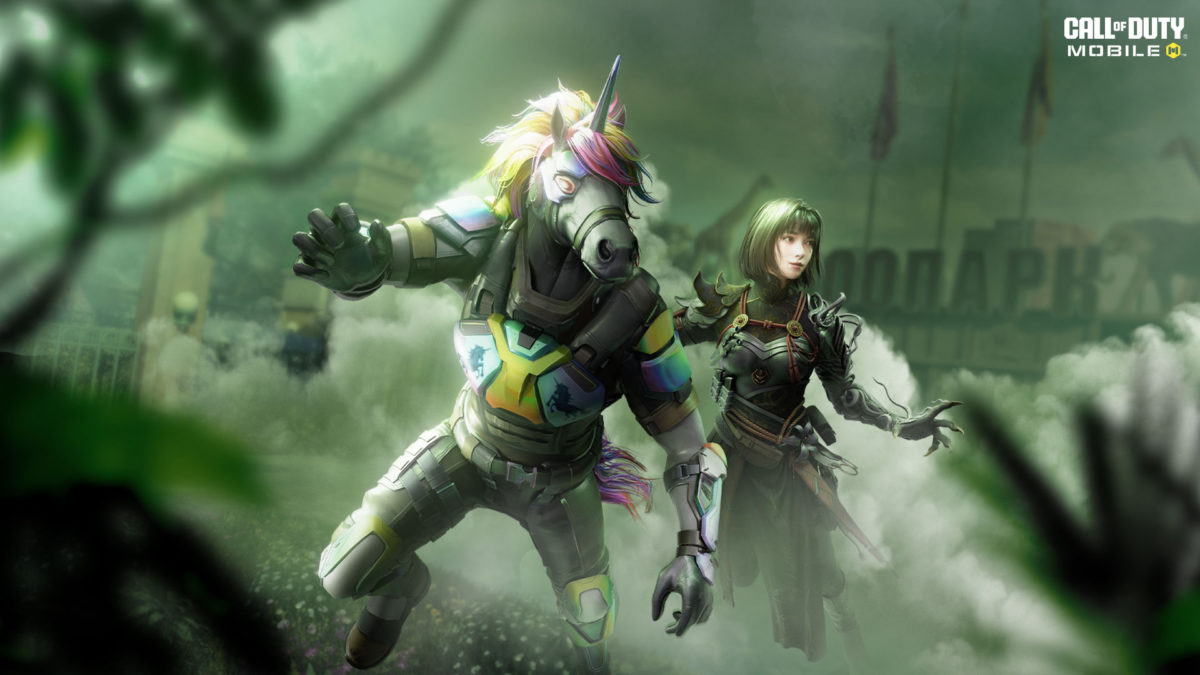
I play a lot of competitive shooters – and I mean a lot of competitive shooters. Whether it’s being an unfortunate son in Grey Zone Warfare, flipping cards in FragPunk, or smashing and grabbing in The Finals, this has been my default “gaming night with the friends” genre since I was in school many, many (many) years ago. And even after many thousands of hours spread across Destiny, Call of Duty, Halo Infinite, and Valorant, there is something about the action on the Rainbow Six series that stands out and just feels right. Now that Rainbow Six Siege is celebrating its tenth year with a massive new update in the form of Rainbow Six Siege X, it seems like a perfect time to reevaluate how this popular tactical shooter stands among its peers after a decade of tweaks, updates, and additions.
The fundamentals of Siege are as strong as ever, which is great to see. Bomb is the headliner mode: Two teams take turns on offense and defense trying to either fortify position and protect a bomb, or battle their way in to defuse it. That setup has been around for decades (and is also the core mode of games like Counter-Strike) but Siege’s distinctive entrenchment and destruction mechanics make its version stand out, and both sides of that coin are extremely fun. I love throwing down a bunch of temporary walls, setting up razor wire or other boobie traps, and getting ready to ambush attackers. And it’s just as satisfying on offense, knowing the other team has set up similar defenses, and blowing a wall open with some thermite to bypass all of it and get the drop on the enemy. The fast time-to-kill rewards position over twitch skill, and I appreciate the way the relatively slow aim-down-sites animation forces you to decide before a fight how you want to engage. This is a thinking man’s shooter, through and through.
The cast of playable characters is an impressive 75 Operators. Each has a different loadout and slightly unique playstyle, with half reserved for Attackers and the other playable only when you are on Defense. They do a great job catering to different playstyles, whether you want to smash through walls with your big hammer as Sledge, or dash around at high speed as Oryx. It is surprising that the Siege X update didn’t add anyone new to the roster, though we did get Rauora just a few months ago.
In addition to Bomb, Siege X adds a new 6v6 mode called Dual Front, but that one hasn’t yet grown on me in the time I’ve spent with it so far. Here, both teams have an area to attack and another to defend simultaneously. There are no restrictions on what type of character you can use, though only 37 of the 75 operators are eligible selections. The single available map is enormous, which, combined with the fast time-to-kill of Siege, means you tend to spend just a very small fraction of the match duration involved in actual action. Unlike in Bomb you can respawn after you die, which seems like it would make this a good mode for onboarding new players, but so far I feel like it really just takes away the pulse-pounding stakes that make Siege what it is.
Siege X is built around a limited free-to-play model. I say limited because, while you can absolutely play Siege X for free, it locks some key modes, like Ranked and Siege Cup, behind a paywall. You’ll need to spend around $20 USD if you want access to those. That seems like an odd choice for something that already has a robust shop and battle pass system for generating money, particularly when other popular games, like Marvel Rivals, don’t do any such segmentation between paid and unpaid players. The community has long been a bit weary of how slow progression and a protracted Operator unlock pace push people towards the paid battle pass, but with the revamps in Siege X I still need to spend more time unlocking things to get a feel for how much better or worse that has gotten.
One of the hallmarks of Siege has always been the way you can punch through walls, breach barriers, or come crashing down through the ceiling into your assault, but that feels like it could’ve used an update for this relaunch. For all the walls you can Kool-Aid Man through, there are still a surprising amount of invincible barriers, like thick walls, certain window coverings, and any sort of furniture that make its destruction system less flexible than a more modern game might be. This is especially true on rooftop maps, which limit your options for a vertical breach to the small number of predetermined access points. Those limitations really stand out when other games that’ve come along since Siege first paved the way let you smash through almost anything. I’m not saying Siege needs to let you literally bring down the house, but the fact that I can’t throw some thermite under the bomb and drop it through the floor like I can with the bank in The Finals really sticks out.
A decent audio system, especially headphones, has always been an advantage in Siege thanks to its outstanding sound design, and Siege X has noticeably improved it. Explosions and gunfire sound as great as ever, but it’s the ability to locate the general direction of sounds really impresses me. It’s always been handy for finding enemies trying to get the drop on you, but the revamped soundscape now feeds a lot more detail into it. The most significant difference I’ve heard is in footsteps above and below you – once you learn to recognize the difference between the boomy noise above versus the more hollowed-out sounds below you can start to close your eyes and pinpoint exactly where threats will come from, which is such a cool gameplay-based reward for paying attention to the details.
There are a few other extremely situational upgrades I quite like. Rappelling is one of the most fun offensive options in Siege X: Hanging upside down like a tactical Spider-Man and getting the drop on enemies watching stairways and doors is supremely satisfying, though until now the actual usefulness in combat has always been somewhat limited. That’s because the rope has tended to leave you a sitting duck – or a pinata – if the enemy sees you. But new options to sprint along the wall or jump around corners means getting spotted isn’t instant death, and I’ve found myself using it a lot more as a result. On top of that, new destructible objects like gas pipes and fire extinguishers can be shot to create jets of flame or smoke. It’s extremely rare for that to matter in a fight, but it does have a very cool cinematic flair with just a touch of area control that I really appreciate.
All that said, I’m still early enough in my return to Siege that I’m not quite ready to render a final verdict on its new iteration. I can certainly say that Siege X is a lot of fun to play, and mastering every Operator will be enough to keep me busy for the long haul. I’m a big fan of most of the new additions like the improved sound design, more mobile rappelling, and destructible elements, though at this point I don’t know if Dual Front will be a destination mode – I need to give it more time to gel before I write it off. Overall, I think this a solid step forward that I’m eager to keep playing and evaluating, so stay tuned for the full review next week.

